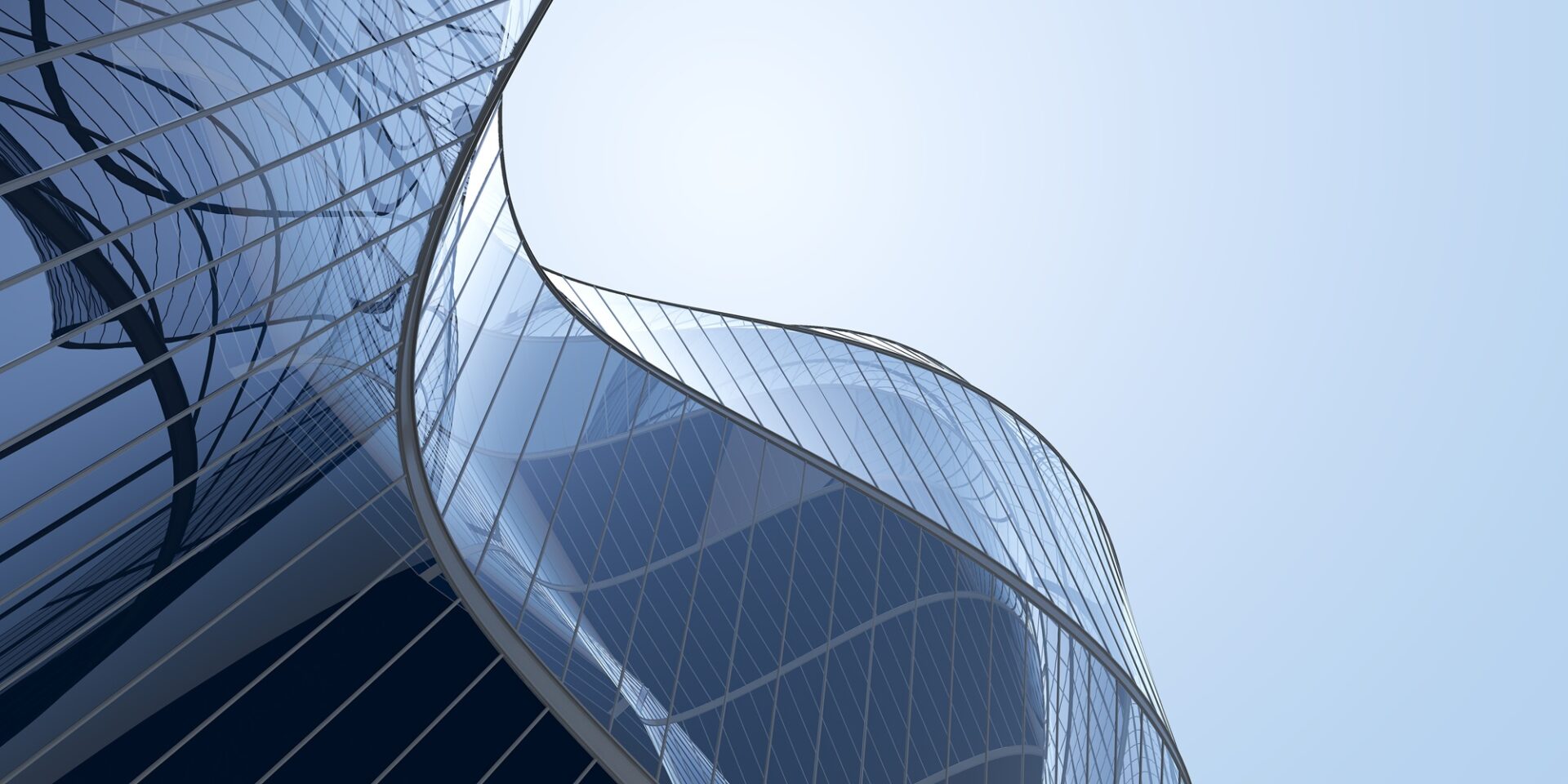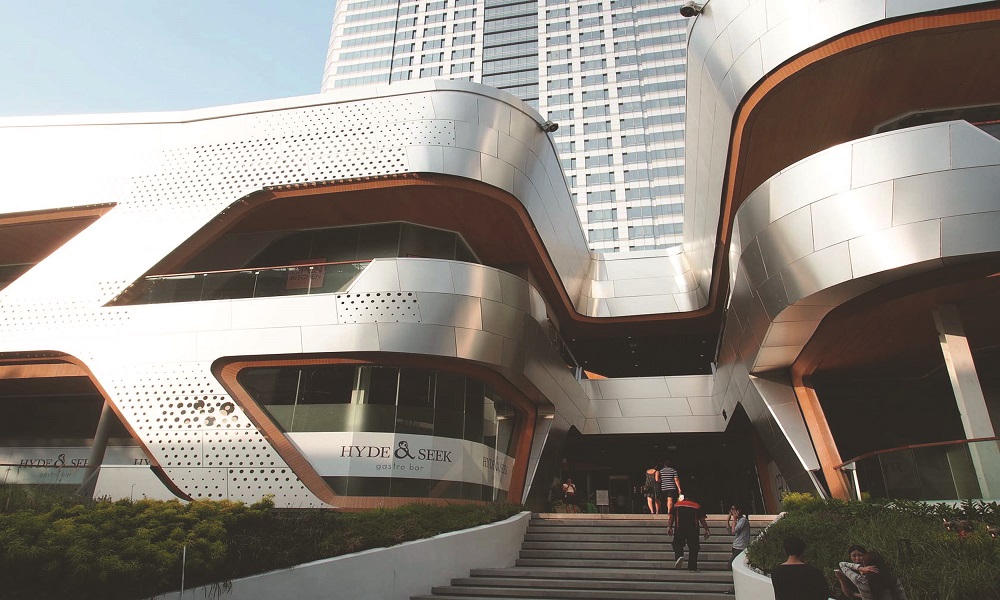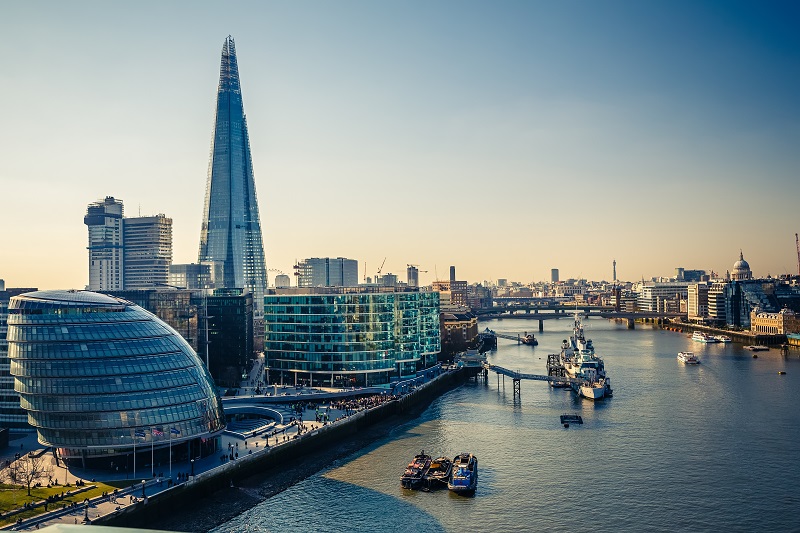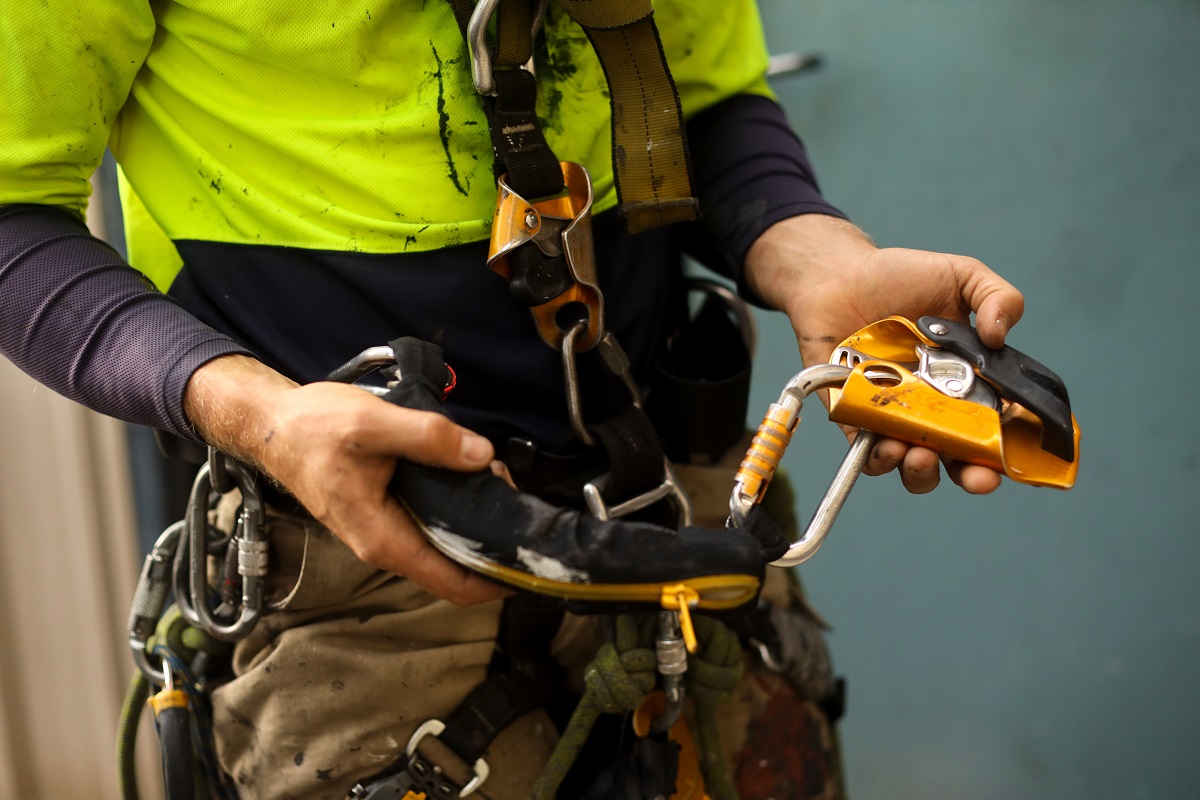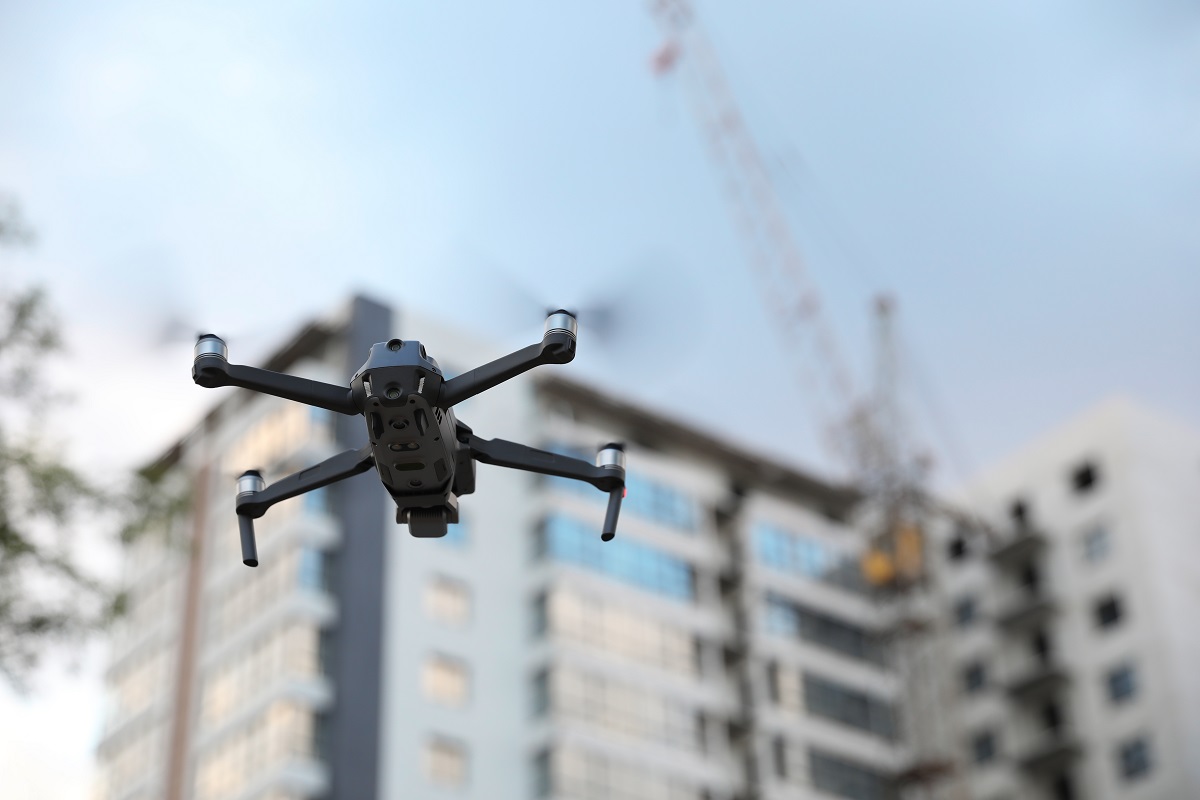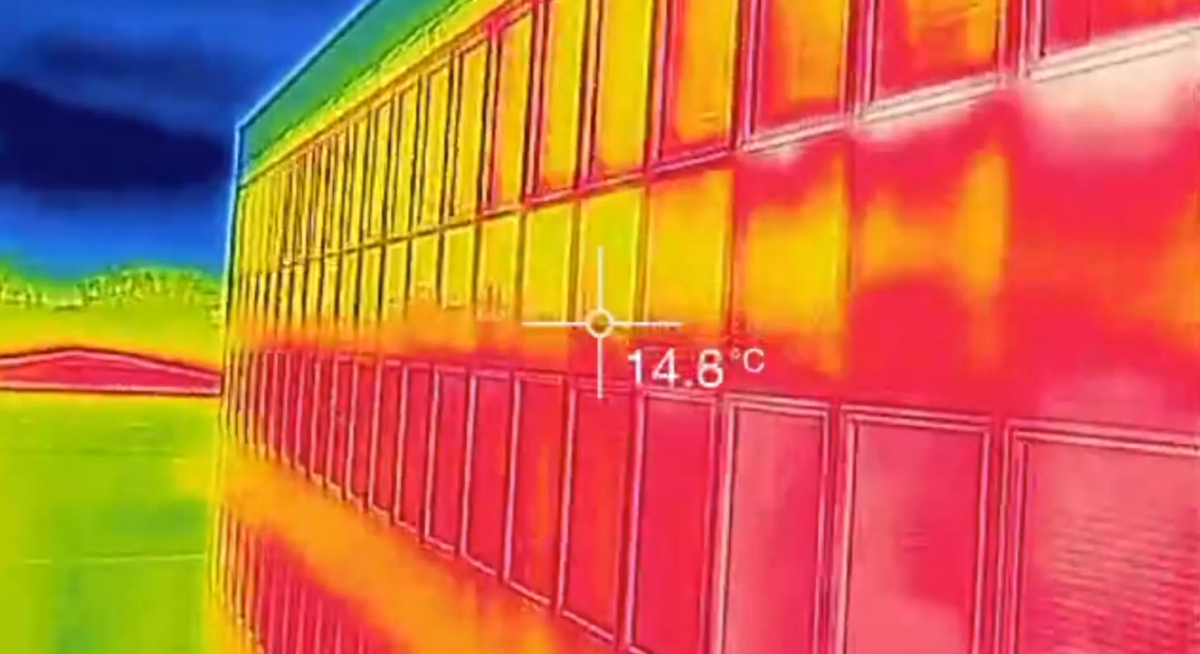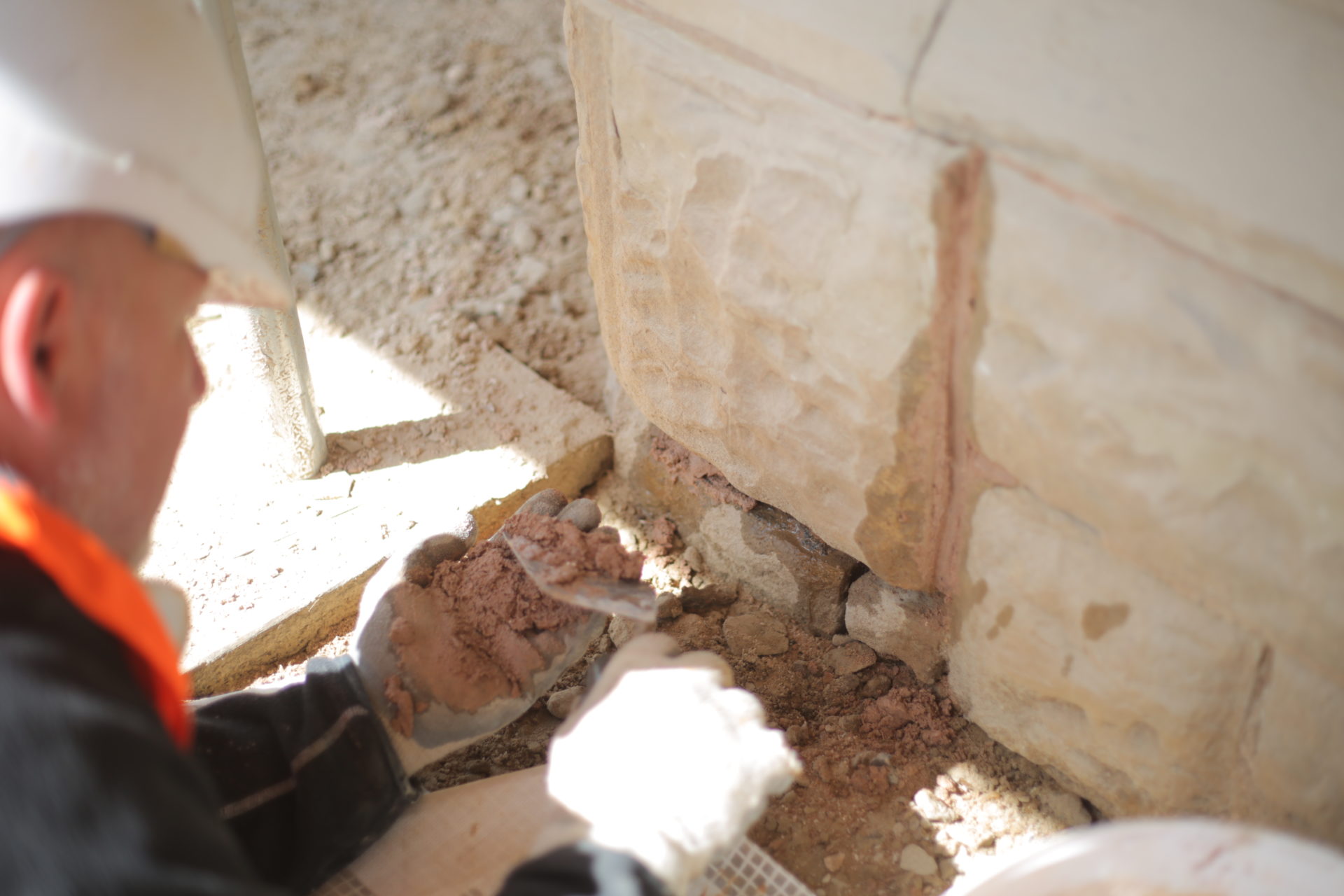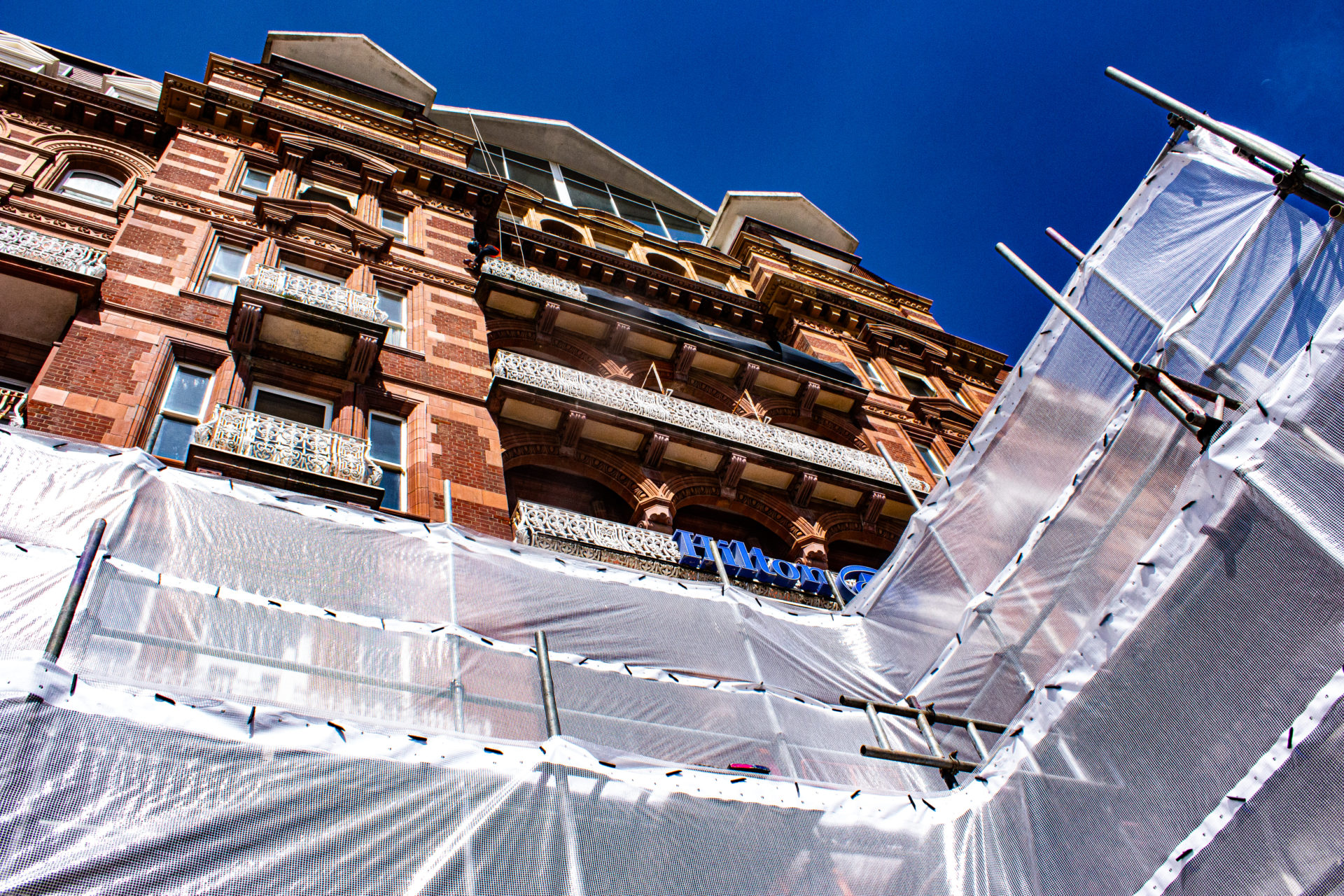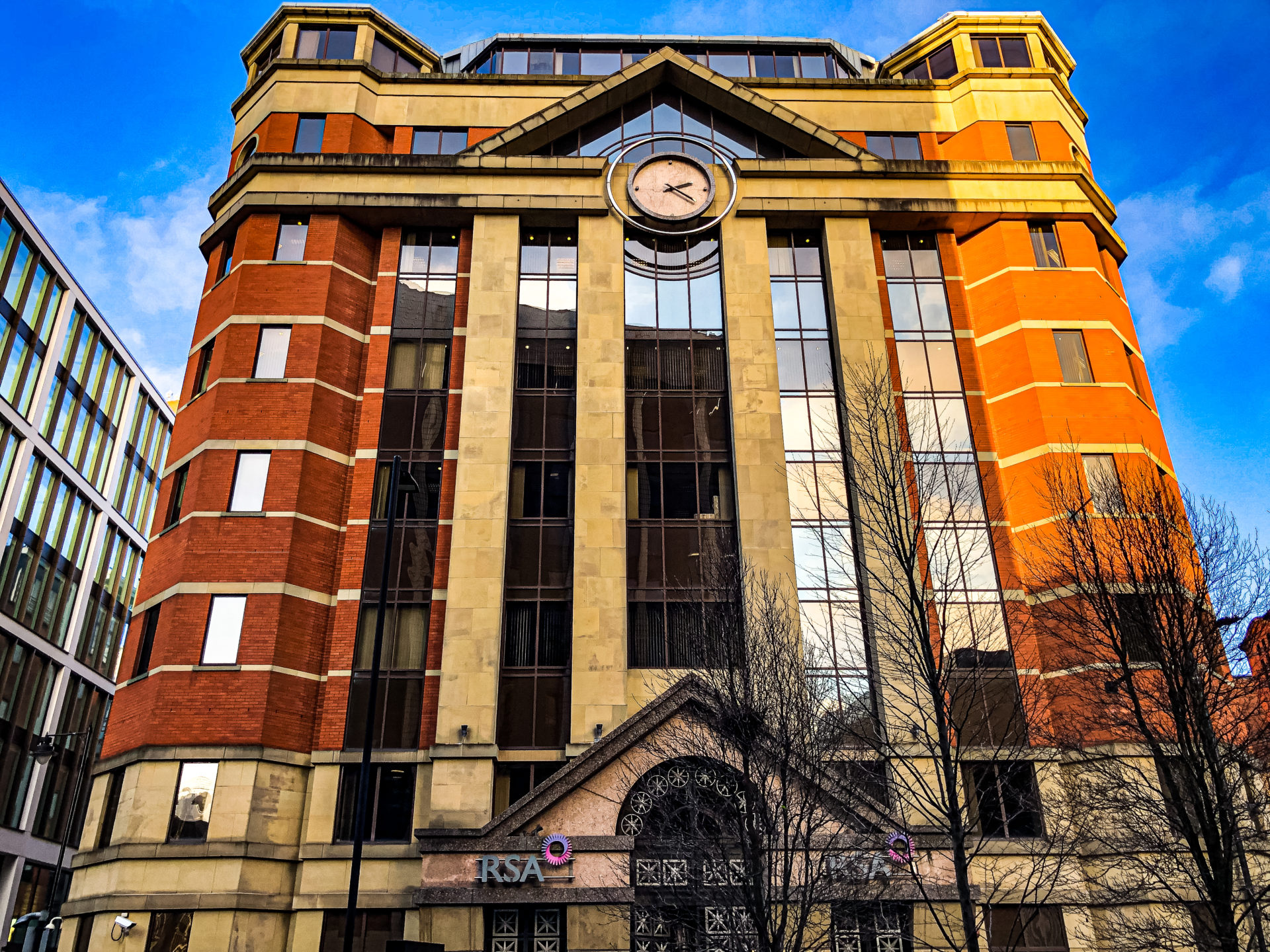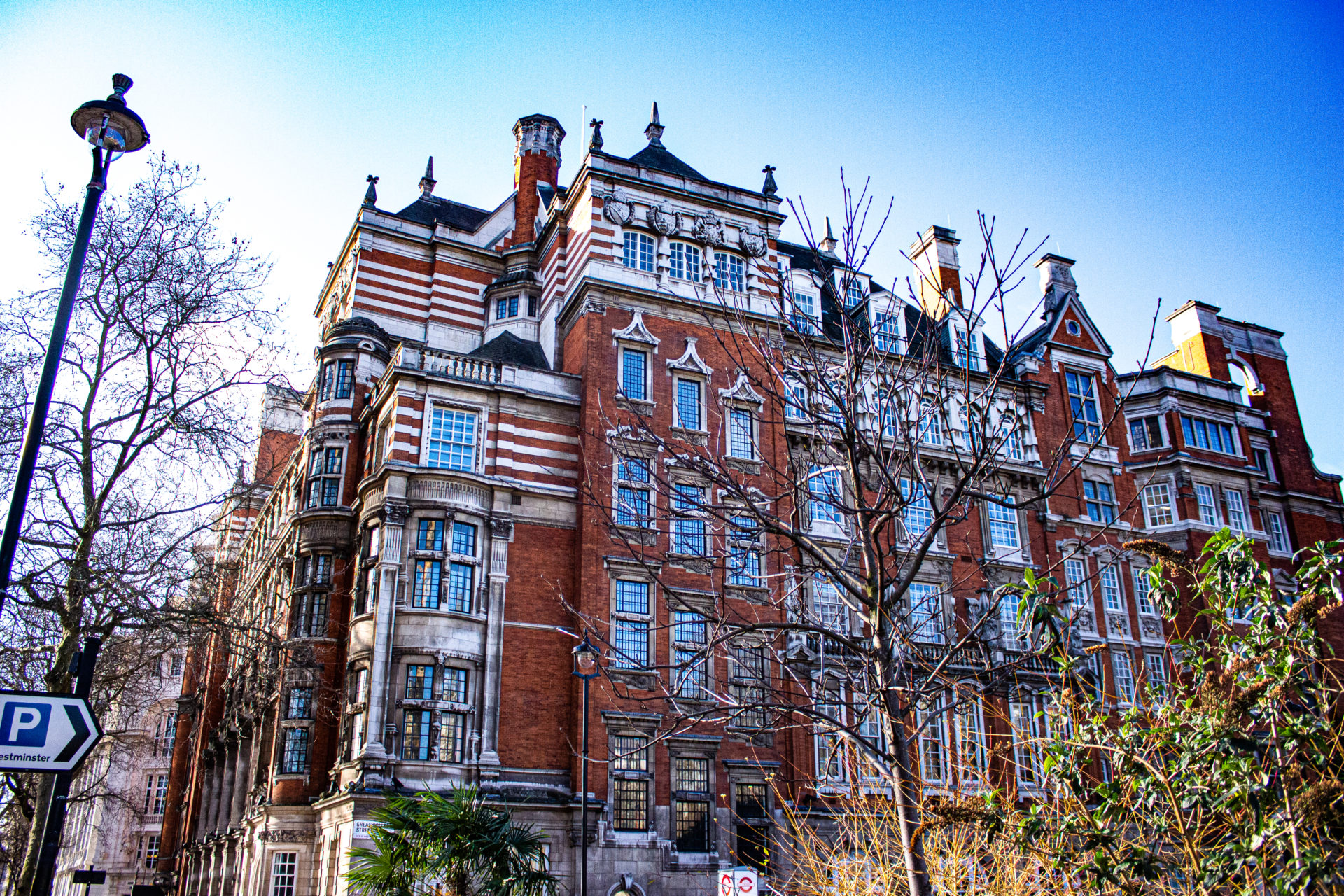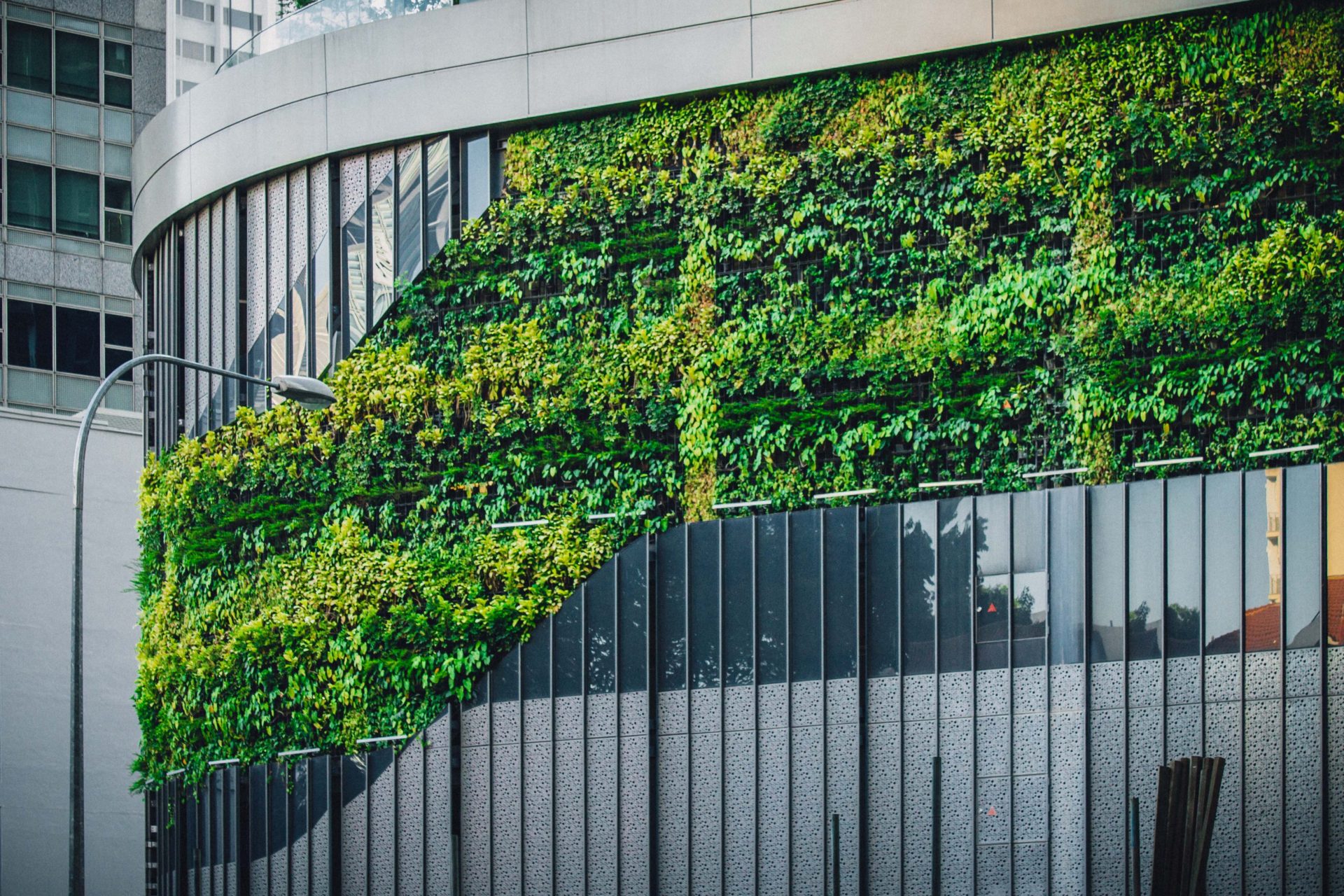Modern building envelopes are high-tech components that must meet several requirements and constraints with regards to architecture/planning, structural performance, energy efficiency, indoor environmental quality, buildability and ultimately, value. As a result, building envelope design has become a specialist discipline where the building envelope engineer (aka façade engineer) collaborates with the other members of the design team to devise a façade that meets the various requirements and constraints.
This is compounded further by the emergence of Adaptive Façades, again using specialists to build a solution for the here and now, not necessarily for the future. However this begs the question as to who brings in the vision and knowledge for understanding the building and the practical information needed to protect and enhance the architect intent of the building fabric.
The role of the building envelope related to the energy performance of a building and the comfort of the user is significant and, under the aspect of sustainability, is becoming increasingly topical.
Since the introduction of the double leafed façade, it is obvious how the climate performance of a building can be an important tool for architectural expression. Climate-orientated architecture is related to all aspects of building. It will affect the design as well as the building process and the construction itself.
Specialists from the fields of architecture, engineering and research were asked to share their practical experience and their visions for the future of the climate-orientated building envelope. This next generation of façades (or building envelopes) consists of multifunctional and highly adaptive systems, where the physical separator between the interior and exterior environment (i.e. the building envelope) is able to change its functions, features or behaviour over time. This happens in response to transient performance requirements and boundary conditions with the aim of improving the overall building performance.
Building skins influence our emotions and behaviour within an urban landscape; the challenge therefore, is to change people’s perceptions in order to influence behavior and design.
More attention should be paid at the design phase to the people and communities that interact within the surrounding space. A more holistic approach to façade design and the role it plays within setting the framework of our future urban landscapes needs to be considered. New designs and engineering will always play a huge part in façade skin design and irrespective of progress in innovation, façades of the future need to consider people and communities, not design egos.


